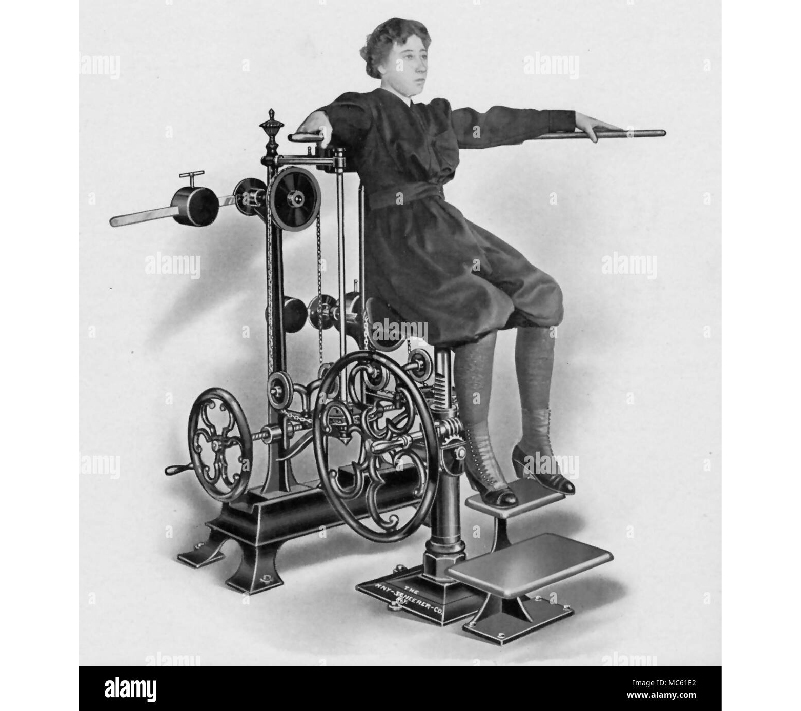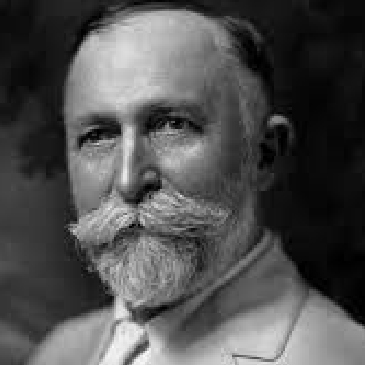Product Background
Wave Motion History


GUSTAV ZANDER (1835-1920), a Swedish physician who invented numerous exercise devices.
Mentioned in German magazines in the 1880s.

Gustav Zander
The concept of vibration therapy dates back to ancient Greece, where early physicians used a primitive vibration tool made of cloth-wrapped wooden handle, resembling a wooden bow. The bow rapidly moved back and forth over injured areas, generating vibrations that increased blood circulation and elevated human growth hormone (HGH) production in the affected areas, thereby accelerating the healing process.
This early form of vibration therapy also enhanced lymphatic drainage, effectively flushing out toxins and reducing inflammation. While Greek physicians may not have fully understood the mechanisms of this treatment, they recognized its effectiveness while treating battle injuries.
By helping soldiers recover and return to the battlefield faster, the Greek physicians made invaluable contributions in wartime medicine. These early medical pioneers laid the foundation for today’s whole-body vibration therapy.
Centuries later, Dr. Gustav Zander, a Russian physician and inventor, introduced a more structured approach to vibration therapy. In 1867, he developed a mechanized system using weights and pulleys for therapeutic use. In 1895, Dr. John Harvey Kellogg, known for his innovations in health care, designed a vibrating chair, claiming it could stimulate circulation and relieve constipation. He also experimented with light therapy chambers to enhance blood flow.
By the mid-20th century, space exploration brought new attention to vibration therapy. Russian scientists discovered that astronauts in zero gravity suffered from earlier bone loss and fractures than normal rates. To counteract these effects, they implemented vibration therapy – a practice NASA continues to use today to prevent bone density loss in astronauts.
As technology evolved, Italian physiologist Dr. Carmelo Bosco pioneered the development of the first modern vibration exercise machine. Bosco was a leading sports physiologist in Italy, a researcher at the Sports Biology Laboratory at Jyvaskyla University in Finland, and the director of the Biomechanics and Physiology Laboratory at the Kuortane Sports Institute. He published over 200 scientific papers, focusing on muscle mechanics, mechanical force measurements, and vibration as a training method.
In the early 1980s, Bosco developed a series of tests known as the “Bosco Tests,” which are now a standard in muscle performance assessments globally. Based on his research on muscle mechanics and pre-workout stretching, he developed the EgoJump System. This system introduced a non-invasive way to measure muscle power output and muscle activity, and was followed by the Ergo-Power and Muscle-Lab systems.
Later on, as a full professor at Semmelweis University in Budapest, Bosco collaborated with Atko Viru on hormone and exercise research. His final work led to the Neuromuscular Mechanical Stimulation (NEMES) system, which demonstrates how vibration technology could enhance muscle strength and overall health.

Dr John Harvey Kellogg

Gustav Zander
Many independent studies on whole-body vibration therapy have resulted in a wealth of medical data. These studies demonstrate that certain types of vibrations produce distinct, significant physiological effects.
Today, with the advancements in technology and biomechanics, manufacturers have refined motion styles, speeds, amplitudes, and damping systems to develop the safest and most effective whole-body vibration devices to date. Research conducted at leading universities and medical institutions confirms that these devices can be valuable tools for managing a variety of health conditions.
Whole-body vibration therapy has become an integral part of exercise and rehabilitation programs today, extending beyond medical applications into chiropractic clinics, fitness centers and weight loss programs, naturopathic and holistic health practices, professional and Olympic sports teams, corporate wellness programs and government facilities, and personal home use.
E-MAIL: info@huelight.kr I TEL : 02-898-2116 I HUE LIGHT CO., LTD SK Techno park E-1311. 60, Haan-ro, Gwangmyeong-si, Gyeonggi-do, Republic of Korea I Copyright 2024 © Hue Light Co., Ltd. All rights reserved
Disclaimer: The medical papers and academic information provided on this site are intended for educational purposes only and are not meant to diagnose, treat, prevent diseases, or substitute for a doctor’s advice.
Photobiomodulation Treatment device
Hyperbaric Oxygen
Chamber
Learn More
References
Copyright 2024 © Hue Light Co., Ltd. All rights reserved
Disclaimer: The medical papers and academic information provided on this site are intended for educational purposes only and are not meant to diagnose, treat, prevent diseases, or substitute for a doctor’s advice.





